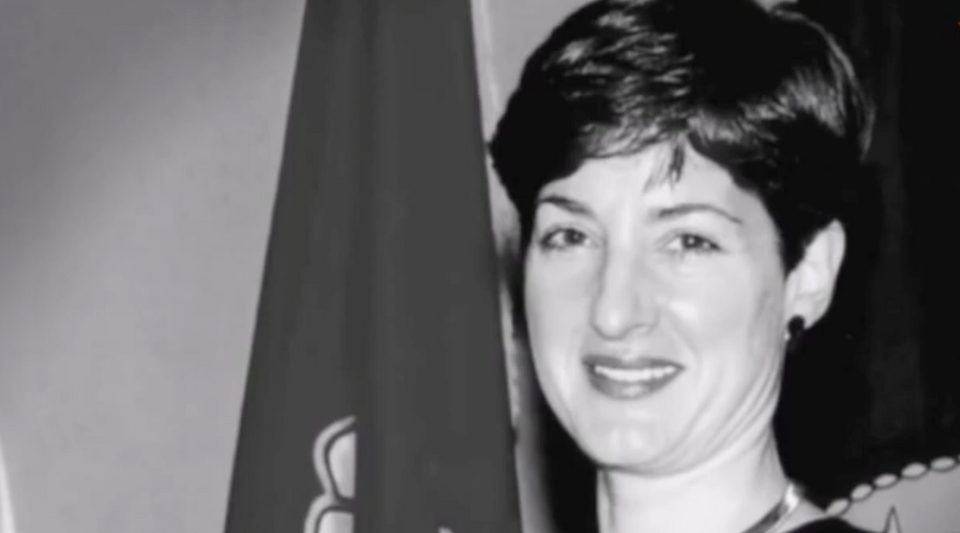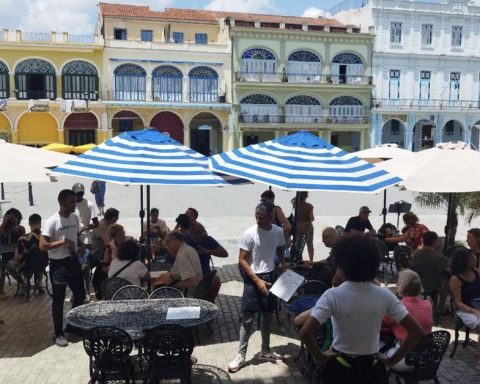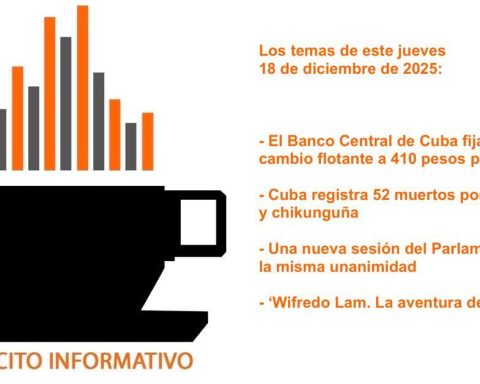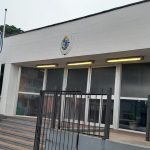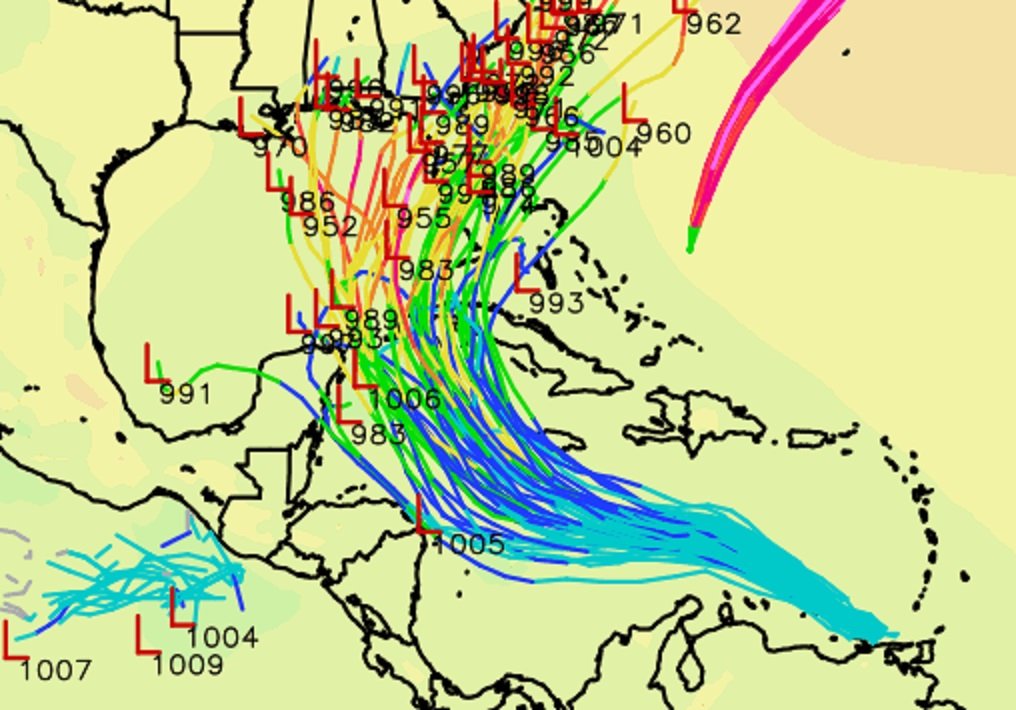For 17 years, until her arrest in 2001, Ana Belén Montes, an American civil servant daughter of Puerto Rican parents, deserved the description of “perfect spy” given to her by the authors of The Queen of Cuba, The Inside Story on How the Perfect Spy Evaded Detection for 17 Years, Peter Lapp and Kelly Kennedy. The book, published by the Post Hill Publications label, will go on sale after the release of the spy, scheduled for January of next year.
Montes, planted as adviser on Cuban issues for the United States in the Pentagon, managed to supply classified information to Havana and influence Washington’s policies towards the island.
He did all this without charging a penny and out of hatred for US foreign policies, he says in statements to The New Herald Peter Lapp, the retired FBI agent who arrested Montes in 2001. Now a turned author, provides all the details of the storyincluding the identity of the agent German, the woman’s contact with her bosses in Havana.
For Lapp, “the Cuban intelligence service is one of the best in the world,” and what makes it so good “is that they find these like-minded people, who have this visceral empathy for what Cuba is trying to They’re so good at finding these people who don’t want to do it for the money.”
Regarding the Montes case, in his interview for the Miami newspaper, the former agent lamented: “We couldn’t hit back in decades; we failed a lot.”
According to her investigation, the spy, born in the German Federal Republic, sent confidential data to Cuba daily and, at the same time, received instructions from Fidel Castro to influence US decisions towards the Cuban government.
“What were Ana Belén Montes’s motivations for her espionage work? Pure ideology,” says the FBI’s public report on the spy
The link was Evelio Guerra Pereda, alias German, an intelligence officer disguised as a doctor whose file, now public, reveals that he worked at the Manuel Fajardo hospital in Havana. Questioned by Lapp today, Guerra Pereda denied knowing or having links with Montes.
During the Barack Obama administration, it was learned that Rolando Sarraff Trujillo, a former US intelligence officer captured in Havana, had provided clues for the capture of Castro’s “mole” hidden in the Pentagon. Sarraff was traded in 2014 by three of the five Cuban spies that the government calls “the five heroes.”
Obama himself, after the exchange, described Sarraff, without identifying him, as “one of the most important intelligence agents that the United States has had in Cuba, and who has been in prison for almost two decades,” a period that coincides with the arrest of Ana Belén Montes.
“What were Ana Belén Montes’s motivations for her espionage work? Pure ideology,” says the FBI public report on the spy. Said report contextualizes the woman’s arrest after the terrorist attacks of September 11, 2001 on the Twin Towers, and affirms that it was part of a larger strategy to guarantee the country’s security.
Among the documents to which Montes had access as an analyst for the US Defense Intelligence Agency were the plans for the invasion of Afghanistan, to which Castro may have had access through his spy.
The FBI traces Montes’ work and espionage career, beginning with his recruitment in Havana in 1984 and describing his current state: a 60-year-old woman, operated on for breast cancer, who will try to resume her life after two decades in prison. .
For his part, the author of The Queen of Cuba, who also questioned Montes for several months, defines her as a “straight, pompous and narcissistic” woman. She is an almost fictional character, a fan of Castro and his government, whose extremism was ideal for shaping the book.
________________________
Collaborate with our work:
The team of 14ymedio is committed to doing serious journalism that reflects the reality of deep Cuba. Thank you for joining us on this long road. We invite you to continue supporting us, but this time becoming a member of our journal. Together we can continue transforming journalism in Cuba.
